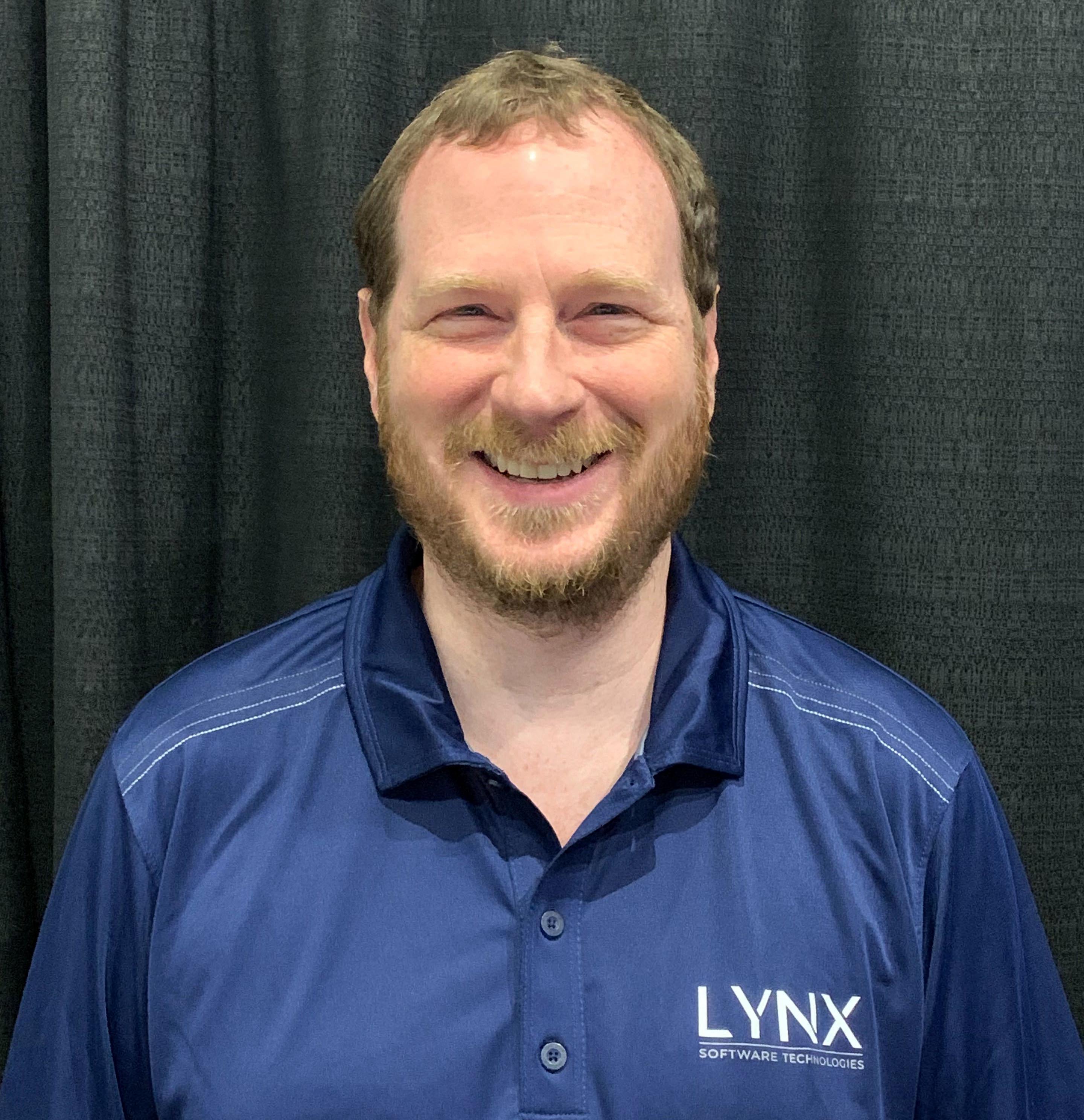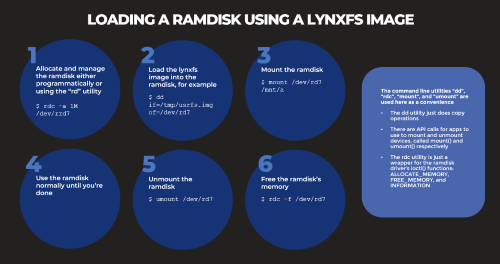Adjusting System Functionality and Capabilities in LYNX MOSA.ic
I recently set up a demo to showcase how a customer can use subjects, also known as rooms, like containers. What I mean by that is that software...
2 min read
 James Deutch | Principal Field Applications Engineer
:
Sep 24, 2019 2:24:00 PM
James Deutch | Principal Field Applications Engineer
:
Sep 24, 2019 2:24:00 PM
Last week I was able to spend several days at the Open Group Future Airborne Capability Environment (FACE™) Technical Interchange Meeting (TIM) and consortium meetings. For those who are not familiar with either the Open Group or FACE™, the Open Group is a global consortium of hundreds of tool vendors, systems integrators, academics, researchers, and consultants aimed at developing open, vendor-neutral technology standards and certifications for various industries, including Defense & Aerospace.
The FACE™ standard defines the software environment and interfaces for building portable components for US military avionics systems. The FACE™ Consortium is composed of industry and government member organizations, their representatives, and advisers, creating an acquisition-neutral setting where industry can work together with government customers to produce open standards and to influence procurement and policy. The consortium includes the US Army, Navy, and Air Force, as well as industry partners—such as LYNX—all working towards a set of common goals.
LYNX believes in open standards and their benefits—both to us and to our customers. With that in mind, LYNX has been a member of the FACE™ consortium since 2010, helping both to guide and to actively contribute to the standard. Some of the goals of FACE™ are to:
The TIM itself is like a mini tradeshow for the US milaero industry. Companies building FACE™-aligned products have booths and give demos to the US military branches and other organizations building aircraft components and systems.
This year, LYNX showed two demos at the TIM; one with GE Aviation and the other with ENSCO. The demo with GE Aviation showed LYNX MOSA.ic™ running multiple guest OSes—including a LynxOS-178® guest—and exchanging data packets with GE Aviation's FLAMES environment. GE Aviation drove an Avalex display showing graphical map output as well as touch screen and push-button input. The ENSCO demo showed LynxOS-178® running on a Curtiss-Wright PowerPC system using a CoreAVI graphics driver and running ENSCO’s IData tool suite showing an interactive cockpit display.
It was good to see the FACE™ standard continue to evolve and gain traction at this year’s TIM and consortium meetings. These meetings are a chance for industry partners like Lynx to meet with people and work on open standards for the US military and avionics industry. It’s quite exciting to talk with people about their future projects and how we can help them. Lynx is looking forward to its continued involvement in the bright and promising future of FACE™.
If you’re working on a US military avionics project and want to learn more about how you can use LYNX MOSA.ic™ and/or LynxOS-178® to obtain FACE™ conformance, please send us any questions you might have at inside@lynx.com or simply click the "Build Your Solution" button below to tell us about your project. We would be happy to talk to you and we respond to these inquiries within 1-2 business days.

I recently set up a demo to showcase how a customer can use subjects, also known as rooms, like containers. What I mean by that is that software...

Based on several customers inquiries the purpose of this blog is to outline how to Allocate memory to a RAM disk Mount and unmount a RAM disk ...

Not many companies have the expertise to build software to meet the DO-178C (Aviation), IEC61508 (Industrial), or ISO26262 (Automotive) safety...